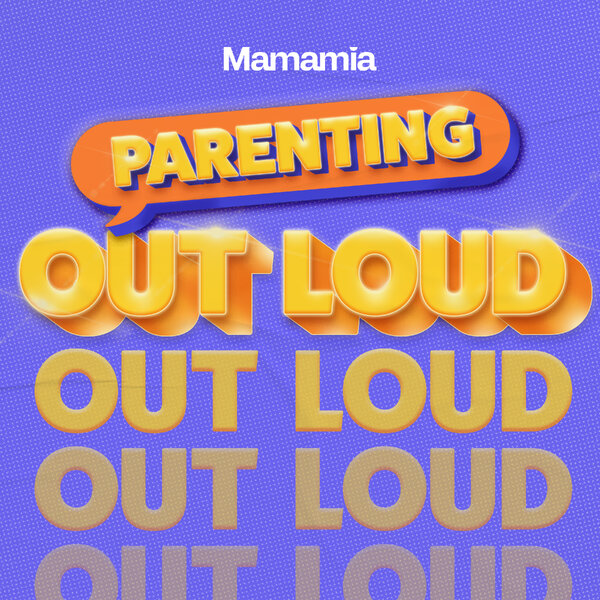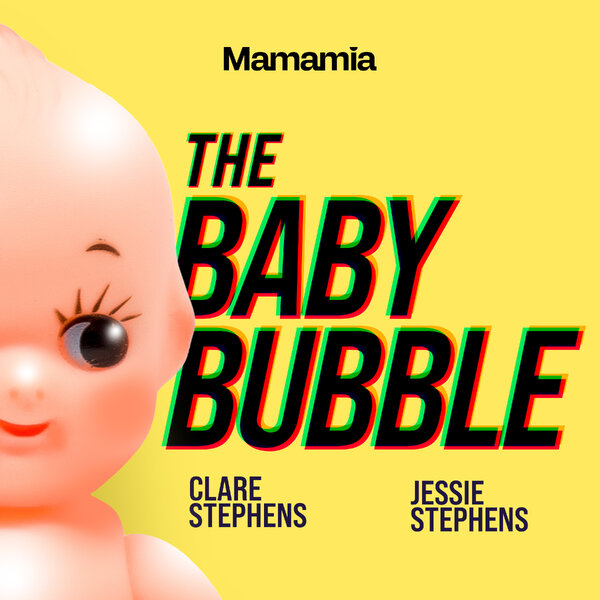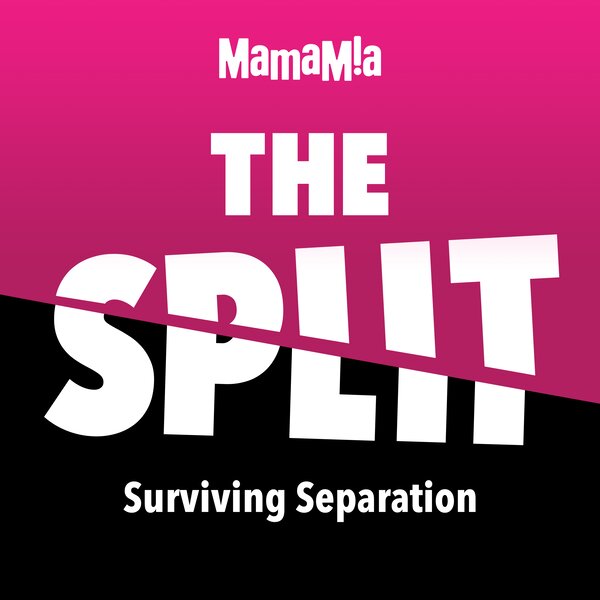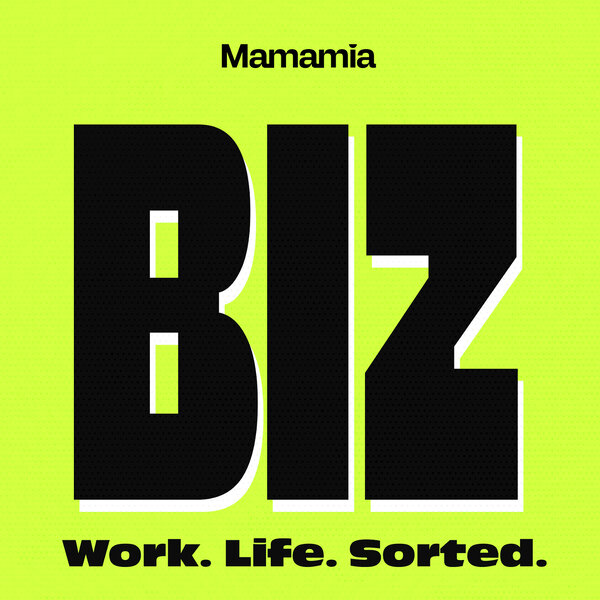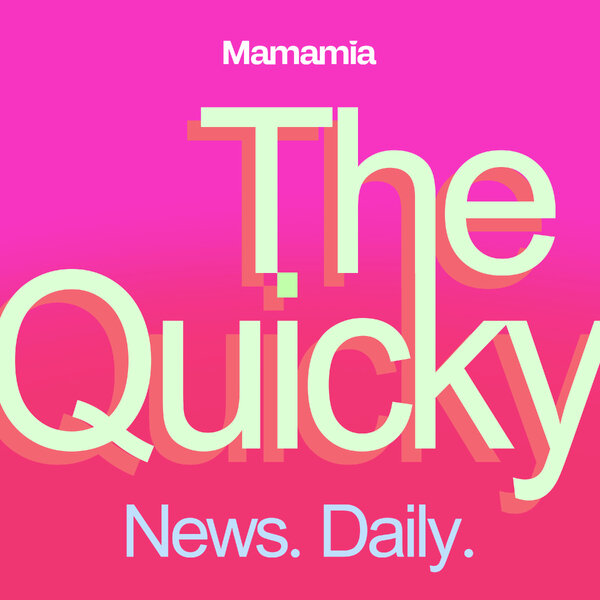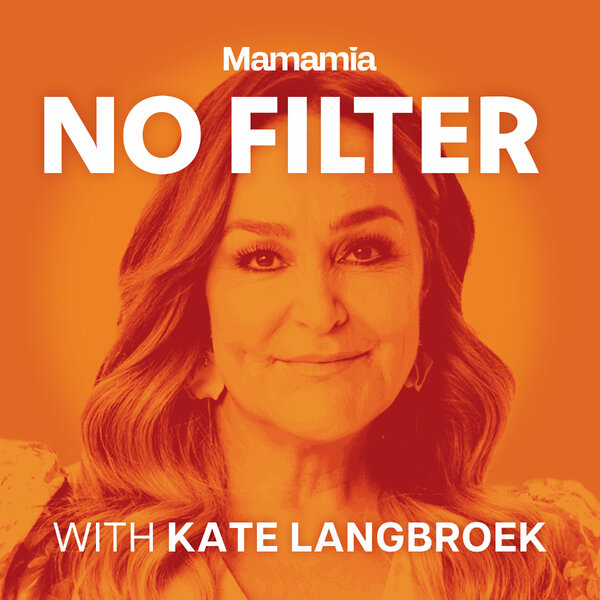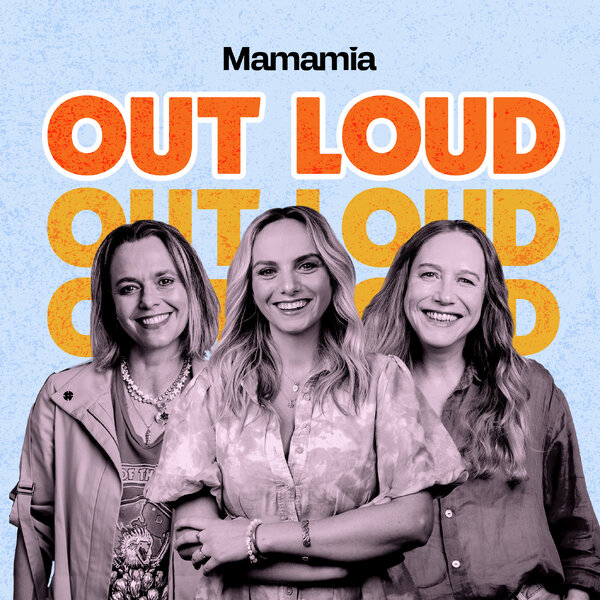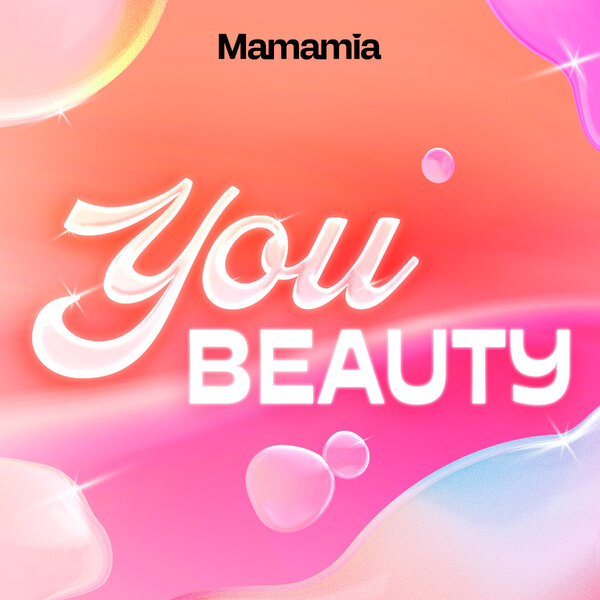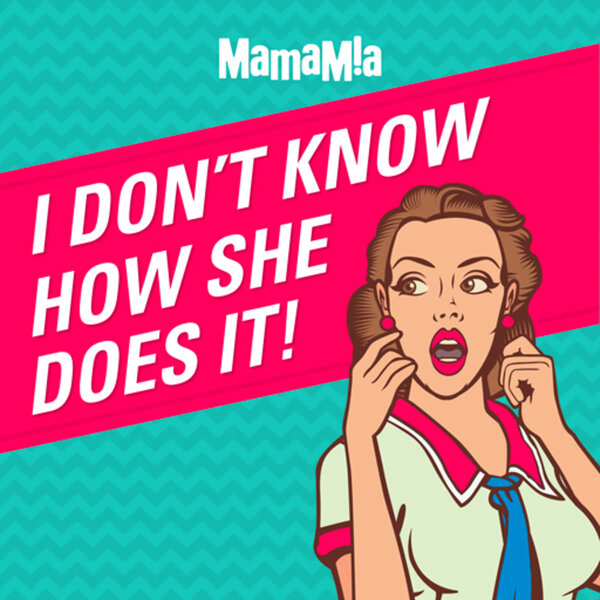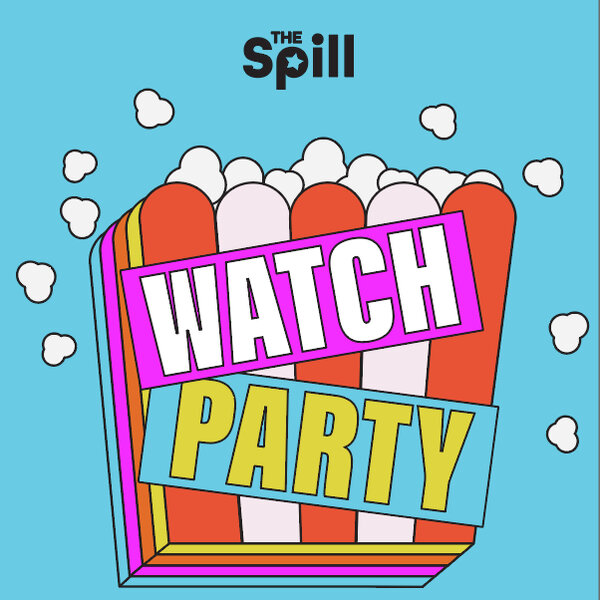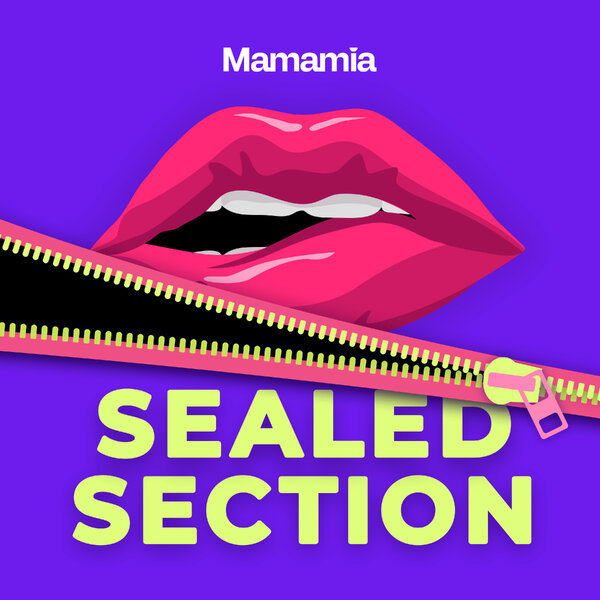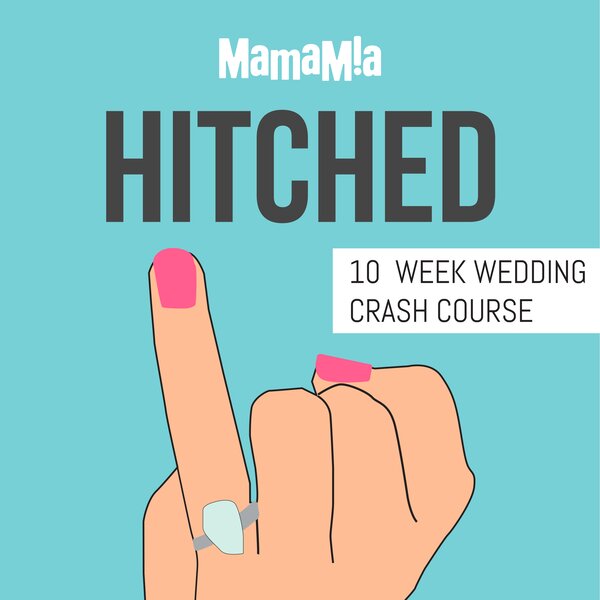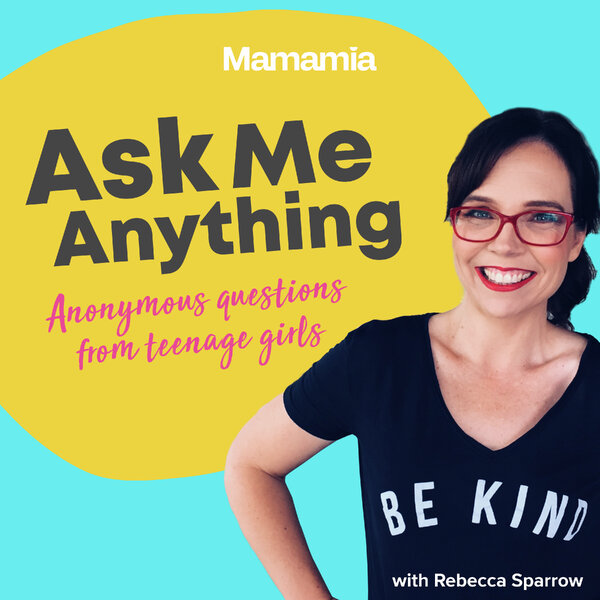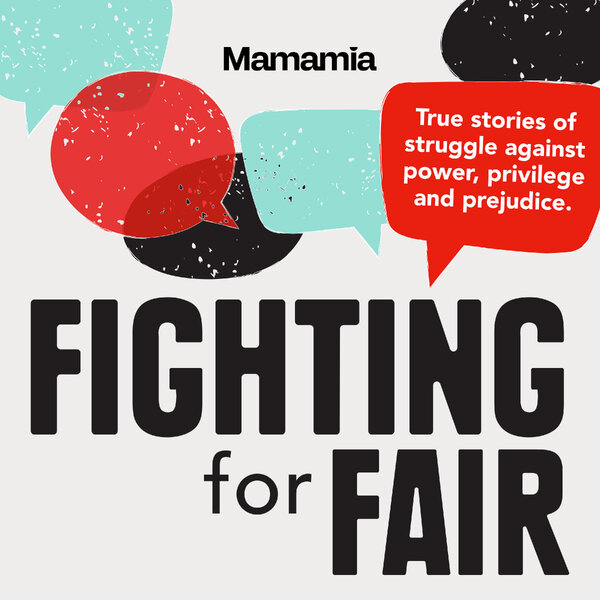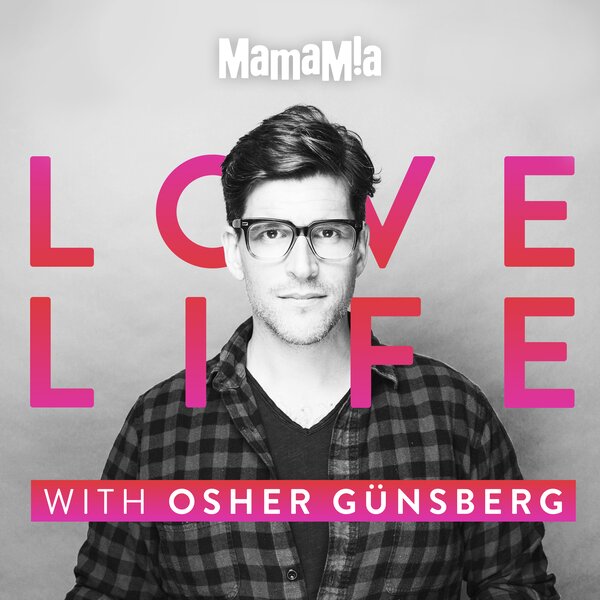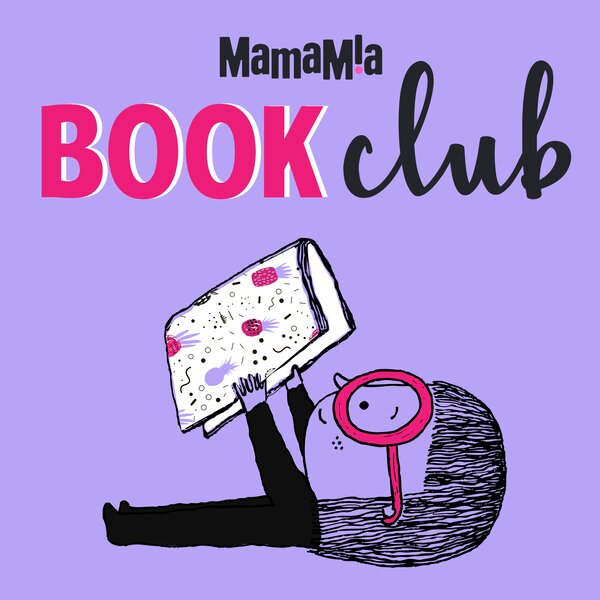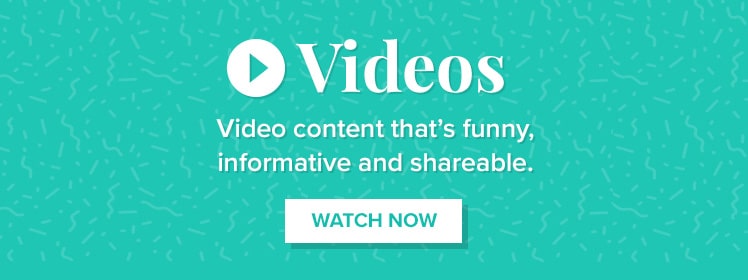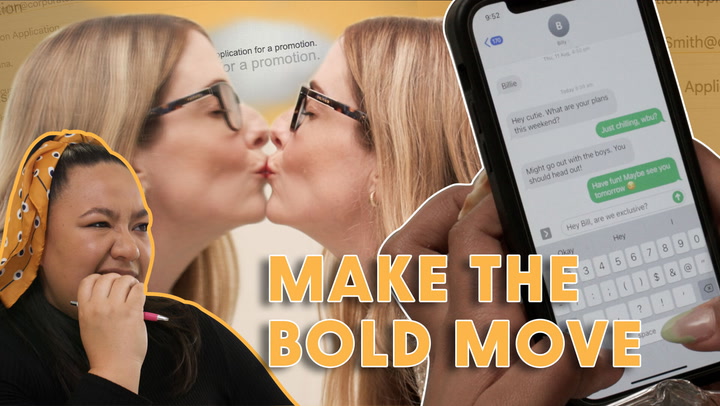
If you want to support independent women's media, become a Mamamia subscriber. Get an all-access pass to everything we make, including exclusive podcasts, articles, videos and our exercise app, MOVE.
When Sophie's* 14-year-old son said he was done with his ADHD medication, she thought it was about side effects. He told her it made him feel sick and "too skinny."
Months later, Sophie discovered the truth.
She found videos on his phone of bongs and other THC-infused products, along with late-night calls urging him to sneak out. Sophie was devastated, scared and felt completely out of her depth.
"I was devastated, scared and felt completely out of my depth," she told Mamamia.
"As a mother, I was heartbroken, I felt that I had failed my son in some way."
Her son had been diagnosed with ADHD at 11. The diagnosis came after years of concern from educators.
It was a long road that included a sub-threshold diagnosis, an anxiety diagnosis and even a school exclusion. After starting medications, Sophie said her son told her it felt like "the static radio background noise in his brain had been shut down."
Listen: Are ADHD and addiction linked. Post continues below.
But during the COVID-lockdown, everything changed. Sophie's son stopped taking his medication with online learning and less movement.
